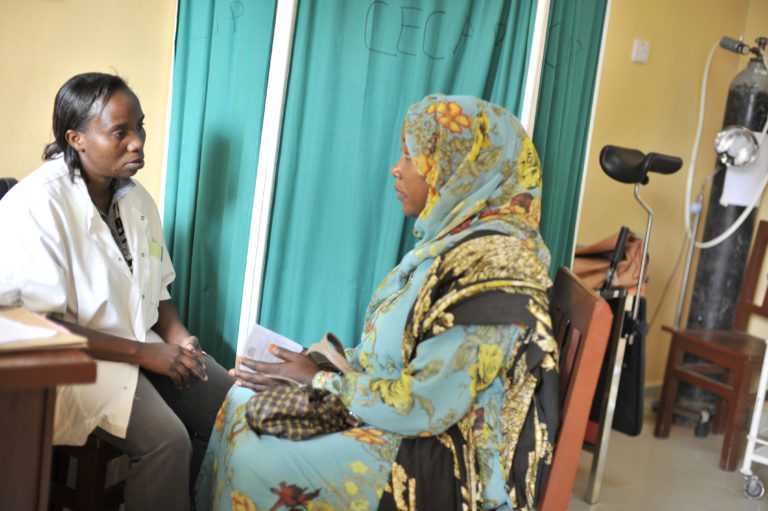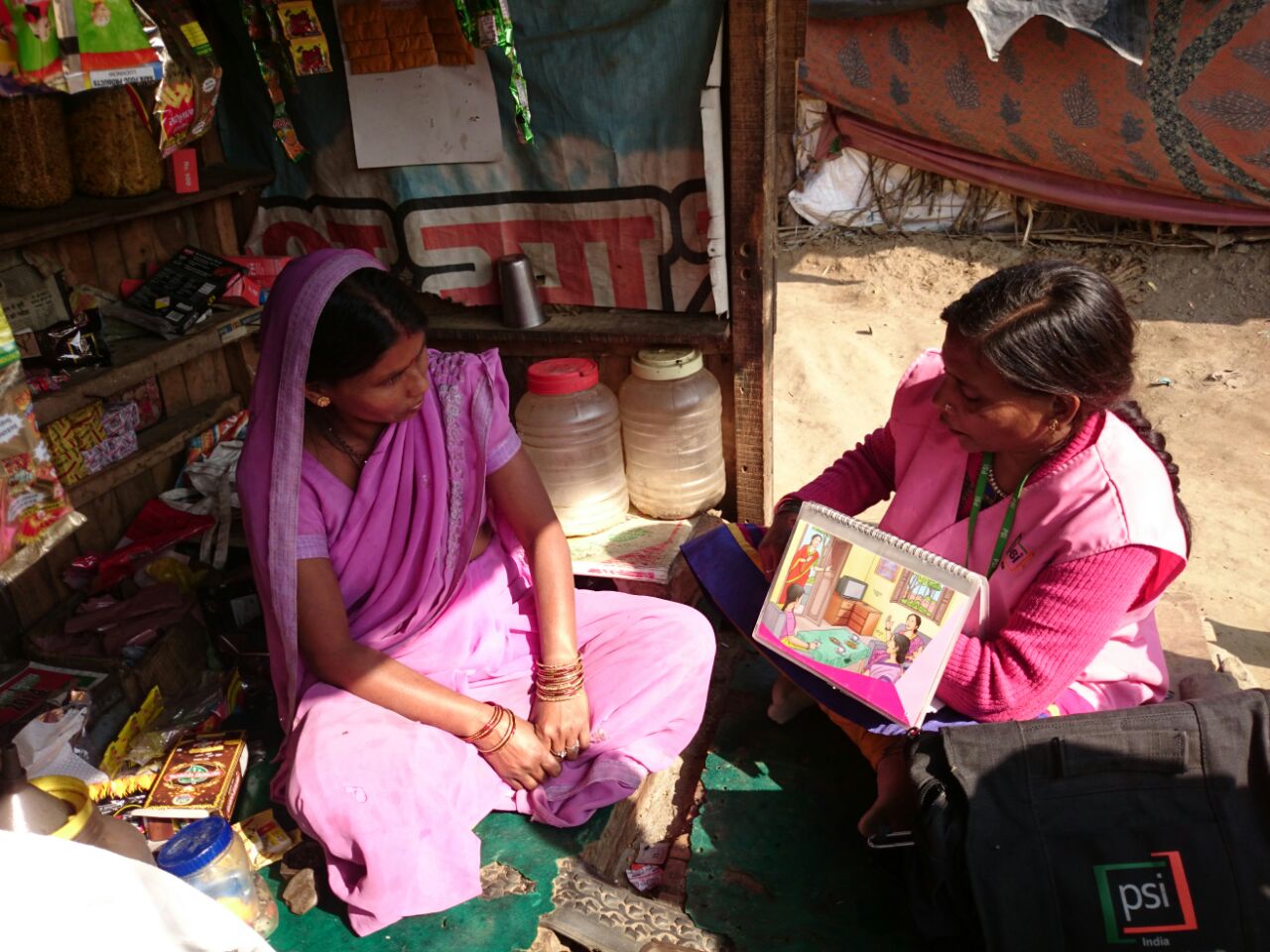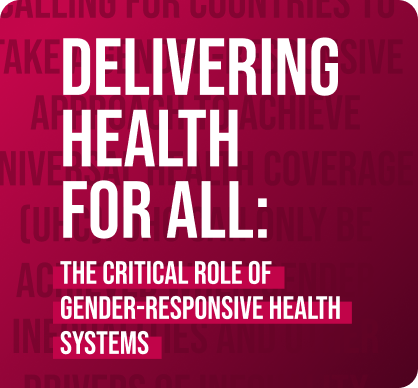Ending Cervical Cancer Deaths with a Human-Centered Approach
Health experts often used to see health problems as independent of the people they affected. In recent years, however, experts have increasingly recognized that a particular health issue, like cancer, should not be addressed in a vacuum. Each patient’s relationship to cancer is shaped by other health issues she experiences, her culture, her physical environment, her family’s resources, her community’s infrastructure and social services, her country’s health policies, and a myriad of other factors.
“Human-centered” health systems take those factors and patient preferences and values into account when a patient is treated for a condition like cancer. Human-centered design acknowledges that solutions to health problems need to reflect the context of a patient’s life to be successful and sustainable.
The best practices for addressing cervical cancer illustrate the benefits of a human-centered health care approach. Cervical cancer causes an estimated 283,000 needless deaths worldwide each year, even though it is preventable in two complementary ways. Human papillomavirus (HPV) is a sexually transmitted infection that causes most cases of cervical cancer, and there are safe and effective vaccines to prevent HPV. Ideally, girls receive the HPV vaccine before they become sexually active. Later, as adults, they are screened at regular intervals for precancerous lesions that can be treated on the spot before they turn into cervical cancer, a simple procedure known “screen-and-treat.”

Adopting a human-centered approach in less-developed regions of the world, where 87 percent of cervical cancer deaths occur, could help end these tragic deaths. A health system that features human-centered design elements would, for example, integrate cervical cancer screen-and-treat with other health services, such as family planning and interventions for a range of non-communicable diseases. This means that women who lack the time and resources to make multiple clinic visits could receive various needed services in one visit.

A human-centered health system would also prioritize adolescent sexual and reproductive health and education, ensuring girls and their families were aware of the connection between HPV and cervical cancer, and making the HPV vaccine available to them in convenient ways. It would offer cervical cancer services alongside those for HIV and AIDS, because women living with HIV more likely to develop and die from cervical cancer than their HIV-negative peers.
“Join us in making cervical cancer history,” WHO Director General Dr. Tedros Adhanom Ghebreyesus told World Health Assembly participants in May 2018, noting that the world has the tools and the political commitment to succeed. His rallying cry coincided with the emergence this spring of a new global partnership called TogetHER, which aims to scale up access to cervical cancer prevention services in ways that reflect women’s needs and preferences, in the context of comprehensive health services.
We really can eliminate a form of cancer. That is a breathtaking possibility. As the world moves toward the Sustainable Development Goal of good health and well-being, TogetHER recognizes that the key is for health care funders, managers and deliverers to consider cervical cancer and other health risks over the course of and in the context of a woman’s life, and view what is needed to reduce that risk through her own eyes. In so doing, a human-centered approach would facilitate larger public health victories, and improve lives in countless other ways by accommodating women’s needs and preferences.


